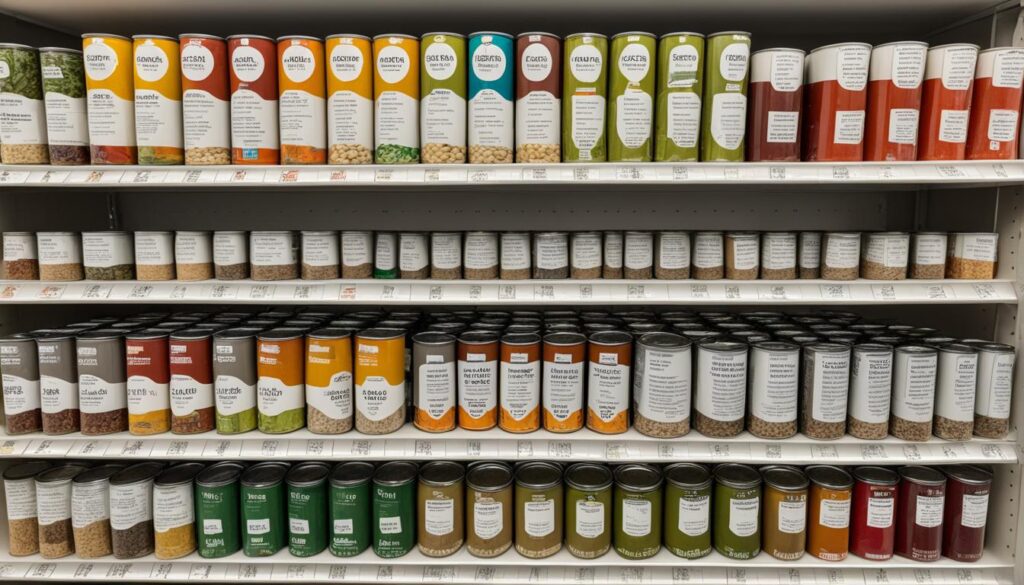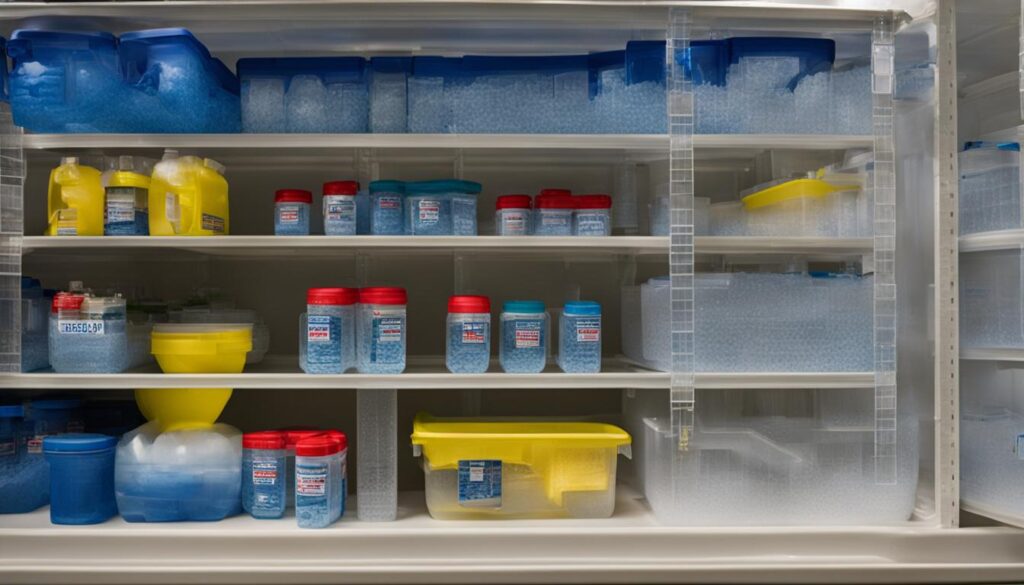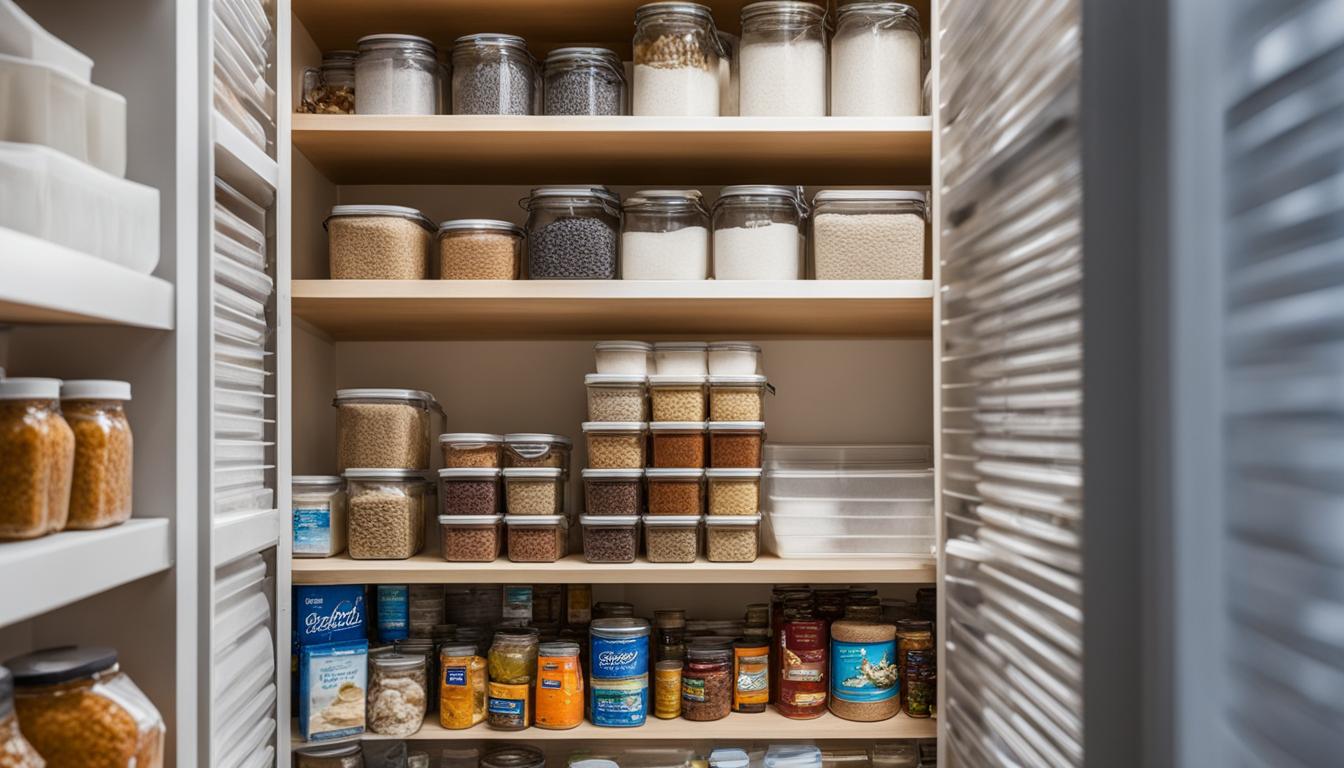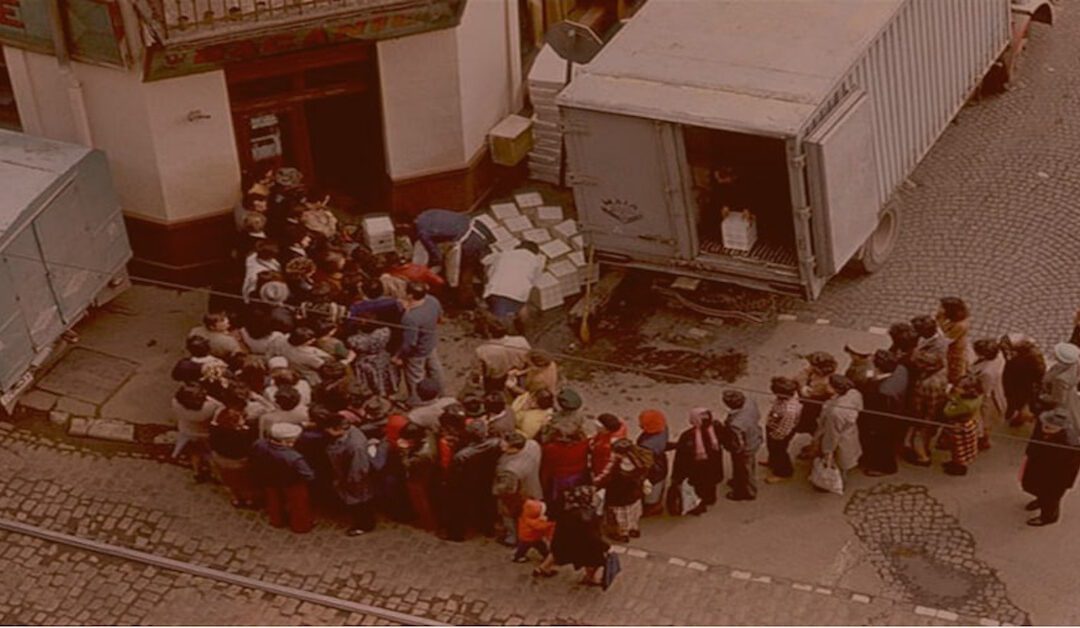Food storage is an essential part of emergency preparedness. Planning for short-term and long-term emergency food needs is crucial for ensuring the well-being and survival of individuals and families during disasters or other emergencies.
This section will explore the best prepper food supplies for stocking your emergency pantry, including options for long-term food storage, canned goods, freeze-dried meals, and non-perishable food items.
By having these supplies on hand, you can ensure that you and your family are prepared and ready to weather any emergency situation.
Essential Supplies for Short-Term Emergencies
In a short-term emergency situation, having the right food supplies on hand can make a world of difference. These essential items require little to no preparation, cooking, or refrigeration, ensuring that you have the sustenance you need when access to fresh food is limited.
Short-term emergency food should cover a three-day supply, providing nourishment and energy during critical times. Here are some key categories to consider:
1. Non-Perishable Foods
Non-perishable foods are a staple for emergency preparedness. Stock up on canned goods such as meats, fruits, and vegetables. These items have a long shelf life and can be conveniently stored in your emergency pantry. Canned juices, milk, and soup are also excellent choices that can provide essential nutrients.
2. Ready-to-Eat Meals
Ready-to-eat meals are a convenient option for short-term emergencies. They require no cooking or preparation and can be consumed straight from the package.
These meals come in various forms, including MREs (Meals Ready to Eat) and individually packaged entrees. They often have a long shelf life and provide a quick and easy solution for satisfying hunger in emergency situations.
3. High-Energy Foods
During emergencies, it’s crucial to maintain your energy levels. High-energy foods such as peanut butter, jelly, crackers, granola bars, and trail mix are excellent choices. These options provide a quick boost of energy and can help keep you fueled throughout challenging times.
4. Foods for Special Diets
Consider the dietary needs of individuals who may require specific foods due to health conditions. For those with special diets, it’s essential to have suitable options available. Look for canned goods and ready-to-eat meals that cater to specific dietary needs, such as gluten-free, vegetarian, or low-sodium options.
5. Comfort/Stress Foods
In times of crisis, comforting foods can provide a sense of normalcy and boost morale. Include items like cookies, hard candy, and sweetened cereals in your emergency food supply. These treats can help alleviate stress and provide a small sense of comfort during challenging situations.
Remember to periodically review and update your emergency food supply to ensure freshness and replace any expired items. Creating a well-rounded and diverse stockpile of short-term emergency food ensures that you and your family will be prepared for unforeseen circumstances.

Here’s a table summarizing the essential supplies for short-term emergencies:
| Essential Food Categories | Examples |
|---|---|
| Non-Perishable Foods | Canned meats, fruits, and vegetables |
| Ready-to-Eat Meals | MREs, individually packaged entrees |
| High-Energy Foods | Peanut butter, jelly, crackers, granola bars, trail mix |
| Foods for Special Diets | Gluten-free, vegetarian, low-sodium options |
| Comfort/Stress Foods | Cookies, hard candy, sweetened cereals |
Long-Term Food Storage Options
When it comes to extended periods of emergency readiness, having a reliable and sustainable food supply is crucial. Long-term food storage ensures that you have access to nourishing meals even when faced with disruptions in the food chain.
This section explores various options for long-term food storage, including freeze-dried meals, bulk food items, and other shelf-stable foods.
One of the most popular choices for long-term food storage is freeze-dried meals. These meals are lightweight, compact, and have a remarkably long shelf life, making them ideal for emergency situations.
They are also easy to prepare, requiring only the addition of hot water. Freeze-dried meals come in a variety of flavors and can provide a diverse and well-rounded diet.
Another practical option for long-term food storage is bulk food. Items such as rice, instant cereals, and potatoes can be purchased in large quantities and stored in airtight containers.
Bulk food is not only cost-effective but also provides a reliable source of essential nutrients. By properly packaging and storing bulk food items, you can extend their shelf life and ensure they remain fresh and nutritious for an extended period.
In addition to freeze-dried meals and bulk food, there are other shelf-stable foods that can be part of your long-term food storage plan. Shelf-stable foods are those that can be stored at room temperature without requiring refrigeration.
Examples include canned goods, dry pasta, beans, and other pantry staples. These items have a long shelf life and are readily available for consumption during emergencies.

When considering long-term food storage options, it is important to remember that proper storage conditions are essential for preserving the quality and safety of your food. Store your food in a cool, dry, and dark place to minimize the risk of spoilage and contamination.
| Food Storage Method | Advantages | Disadvantages |
|---|---|---|
| Freeze-Dried Meals | – Lightweight and compact – Long shelf life – Easy to prepare | – Can be more expensive than other options |
| Bulk Food | – Cost-effective – Good source of nutrition | – Requires proper packaging and storage |
| Shelf-Stable Foods | – Widely available – Long shelf life | – May contain preservatives |
As with any food storage method, it is important to regularly inspect and rotate your stock to ensure freshness. Using a first-in, first-out (FIFO) system can help prevent food waste and ensure that you are consuming the oldest items first.
Don’t forget to label your containers with the date of purchase or expiration to help with proper inventory management.
By incorporating a combination of freeze-dried meals, bulk food, and shelf-stable foods into your long-term food storage plan, you can be well-prepared for any emergency situation.
Having a sustainable food supply gives you peace of mind knowing that you can sustain yourself and your loved ones during challenging times.
Tips for Managing Your Emergency Food Storage
Proper management of your emergency food storage is essential to ensure that the food remains safe, fresh, and ready for consumption. Here are some important tips to consider:
- Food Rotation: Regularly rotate your food items to ensure that the oldest items are being used first. This will help prevent food spoilage and waste while maintaining a fresh supply.
- Inspection: Thoroughly inspect your food items for any signs of damage, such as rust, leaks, bulging, or broken seals. Discard any damaged or compromised items to avoid potential health risks.
- Expiration Dates: Properly label your food items with dates of purchase and expiration. This will help you keep track of the freshness of your supplies and ensure that you are consuming them before they expire.
- Labeling: In addition to expiration dates, consider labeling your food items with other relevant information, such as the contents or specific dietary restrictions. Clear labeling will make it easier to find and organize your supplies.
- Meal Planning: Plan your meals in advance, considering the needs of all family members and any special dietary requirements. This will help you determine the appropriate quantities and types of food to include in your emergency storage.
- Water Storage: Remember to store an adequate supply of water for both consumption and food preparation purposes. In emergencies, access to clean water may be limited, so it’s important to have enough for drinking and cooking.
Example Meal Planning
Here’s an example of a one-week meal plan that incorporates a variety of emergency food supplies:
| Day | Breakfast | Lunch | Dinner |
|---|---|---|---|
| Monday | Canned fruit + Granola | Peanut butter sandwich + Canned soup | Instant rice + Canned beans |
| Tuesday | Cereal + Shelf-stable milk | Tuna salad + Crackers | Chicken noodles + Canned vegetables |
| Wednesday | Oatmeal + Dried fruit | Cheese + Canned meat | Macaroni and cheese + Canned tomatoes |
| Thursday | Instant pancakes + Maple syrup | Beef jerky + Tortillas | Chili + Canned corn |
| Friday | Instant coffee + Sugar + Powdered creamer | Crackers + Canned cheese | Instant mashed potatoes + Canned gravy |
| Saturday | Canned peaches + Cereal bar | Ramen noodles + Canned vegetables | Spaghetti + Canned sauce |
| Sunday | Powdered eggs + Shelf-stable bacon | Hummus + Pita bread | Tortellini + Canned spinach |
By following these tips and incorporating meal planning into your emergency food storage, you can ensure that you have a well-managed, diverse, and nutritious supply of food to rely on during unexpected situations.

Conclusion
Stocking your pantry with the best prepper food supplies is crucial for emergency readiness and survival preparedness. Whether you’re preparing for short-term emergencies or long-term food storage, having a variety of non-perishable food items on hand ensures that you and your family will be ready for any situation.
By properly managing and maintaining your emergency food supply, you can have peace of mind knowing that you are prepared to weather any storm.
Regularly inspecting and rotating your food items is essential to ensure their freshness and safety. Properly label your supplies with purchase dates and expiration dates to keep track of their shelf life.
Planning meals in advance, taking into consideration dietary needs and preferences, helps ensure that you have enough food to sustain you during an emergency.
Additionally, don’t forget to store an adequate supply of water for both consumption and food preparation. Water is a critical resource that should not be overlooked in your emergency preparedness efforts.
With these preparations in place, you can confidently face any emergency with the assurance that you have the necessary sustenance to survive and thrive.
FAQs
What is the importance of food storage in emergency preparedness?
Food storage is crucial for ensuring the well-being and survival of individuals and families during disasters or other emergencies. It allows you to be prepared and ready to weather any emergency situation.
What are the essential supplies for short-term emergencies?
Short-term emergency food supplies include ready-to-eat canned meats, fruits, and vegetables, as well as canned juices, milk, and soup. Staple items like sugar, salt, pepper, and high-energy foods such as peanut butter, jelly, crackers, granola bars, and trail mix should also be included. Special dietary needs and comfort/stress foods can also be considered.
What are the long-term food storage options?
Long-term food storage options include freeze-dried meals, bulk food items such as rice, instant cereals, and potatoes, and other shelf-stable foods. Food preservation methods such as canning and dehydrating can also be used to extend the shelf life of perishable foods.
How should I manage my emergency food storage?
Proper management includes regularly inspecting food items for damage, labeling items with dates of purchase and expiration, meal planning in advance, and storing an adequate supply of water for consumption and food preparation purposes.
Why should I be prepared with prepper food supplies?
Being prepared for emergencies and disasters requires stocking your pantry with the best prepper food supplies. Having a variety of non-perishable food items ensures that you and your family will be ready for any situation.









